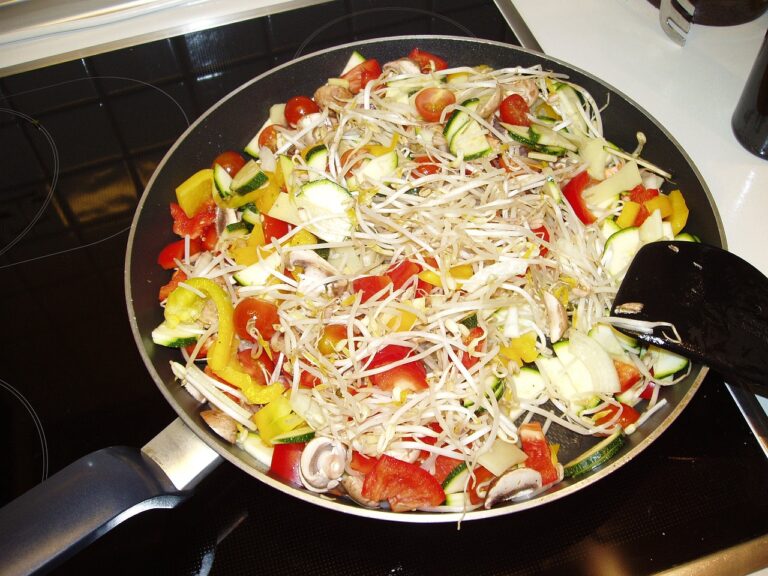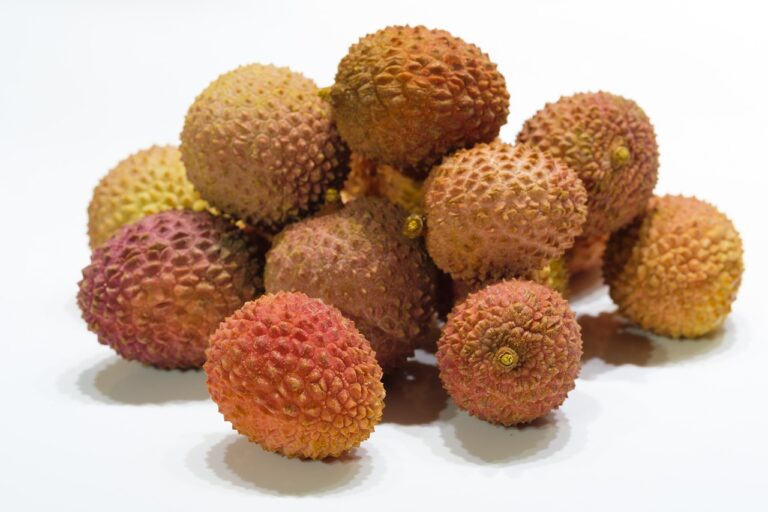The Evolution of Grain-Free Pet Food Formulation in Response to FDA Investigations: Lotusbook365, Welcome to play99exch, Allpannel
lotusbook365, welcome to play99exch, allpannel: As pet owners, we always want to ensure that our furry friends are getting the best nutrition possible. In recent years, there has been a growing trend towards grain-free pet foods, with many claiming that these formulations are better for their pets. However, recent investigations by the FDA have raised concerns about the safety of grain-free pet foods and their potential link to heart disease in dogs.
The Evolution of Grain-Free Pet Food Formulation
Grain-free pet foods have been around for several years now, with many pet owners and manufacturers claiming that they are a healthier alternative to traditional pet foods. These formulations typically replace grains such as corn, wheat, and soy with alternative sources of carbohydrates such as potatoes, peas, and lentils.
The trend towards grain-free pet foods has been driven by a growing awareness of food sensitivities and allergies in pets, as well as a desire for more natural and healthy ingredients. Many pet owners believe that grain-free diets are easier for their pets to digest and can lead to shinier coats, healthier skin, and overall better health.
In response to this trend, pet food manufacturers have been quick to capitalize on the demand for grain-free products, launching a wide range of formulations to cater to different dietary preferences and health concerns. From limited ingredient diets to high-protein formulations, there is now a grain-free option for every pet.
However, the popularity of grain-free pet foods has also raised concerns among veterinarians and regulatory authorities. In recent years, the FDA has been investigating a potential link between grain-free diets and an increased risk of heart disease in dogs, specifically dilated cardiomyopathy (DCM).
The FDA Investigation
In 2018, the FDA first issued a warning about a potential link between grain-free diets and DCM in dogs. The agency reported an uptick in cases of DCM in breeds not typically predisposed to the disease, leading to concerns that certain ingredients in grain-free diets may be contributing to the problem.
The investigation focused on the presence of peas, lentils, legume seeds, and potatoes as primary ingredients in grain-free dog foods. These ingredients are often used as alternative sources of carbohydrates and proteins in grain-free formulations, but there was growing evidence to suggest that they may be associated with an increased risk of DCM in dogs.
As a result of the investigation, the FDA recommended that pet owners consult with their veterinarians before switching their pets to a grain-free diet, especially if their pets are at risk of developing heart disease. The agency also advised pet food manufacturers to work with veterinary nutritionists to ensure that their formulations are safe and nutritious for pets.
In response to the FDA investigation, many pet food manufacturers have started to reevaluate their grain-free formulations and make changes to address the concerns raised by the agency. Some have chosen to reduce the amount of peas, lentils, and potatoes in their products, while others have added taurine and other nutrients to help support heart health in dogs.
The Future of Grain-Free Pet Food
As the FDA investigation into grain-free pet foods continues, it is clear that the pet food industry is at a crossroads. While many pet owners continue to advocate for grain-free diets, there is a growing recognition that these formulations may not be as safe or healthy as previously thought.
Moving forward, it is essential for pet food manufacturers to prioritize the safety and health of pets when formulating grain-free diets. This includes conducting rigorous testing and research to ensure that their products are free from harmful ingredients and meet the nutritional needs of pets.
As pet owners, it is also important for us to be informed consumers and to consult with our veterinarians before making any changes to our pets’ diets. While grain-free diets may still be a viable option for some pets, it is crucial to consider all of the available information and make the best decision for our furry friends.
In conclusion, the evolution of grain-free pet food formulation in response to FDA investigations highlights the importance of transparency, accountability, and responsible pet ownership. By working together with veterinarians, regulatory authorities, and pet food manufacturers, we can ensure that our pets are getting the nutrition they need to live long, healthy, and happy lives.
FAQs
Q: Are all grain-free pet foods unsafe for my pet?
A: Not necessarily. While the FDA investigation has raised concerns about the safety of some grain-free pet foods, not all formulations are considered harmful. It is essential to consult with your veterinarian before switching your pet to a grain-free diet.
Q: What should I look for in a grain-free pet food?
A: When choosing a grain-free pet food, look for formulations that are balanced, complete, and meet the nutritional needs of your pet. Avoid products that contain large amounts of peas, lentils, legume seeds, and potatoes as primary ingredients.
Q: Should I switch my pet off a grain-free diet?
A: If your pet is currently on a grain-free diet and is not showing any signs of health issues, it may be safe to continue feeding them this diet. However, it is always best to consult with your veterinarian to discuss the best options for your pet’s health.
Q: What are some safe alternatives to grain-free pet foods?
A: There are many safe and healthy alternatives to grain-free pet foods, including traditional diets that contain grains such as corn, wheat, and rice. Some pets may also benefit from raw diets or homemade meals prepared with fresh, whole ingredients.
Q: How can I ensure that my pet is getting the nutrition they need?
A: To ensure that your pet is getting the nutrition they need, consult with your veterinarian to develop a balanced diet plan that meets their specific dietary needs. Consider factors such as age, breed, activity level, and any existing health conditions when choosing a pet food.







